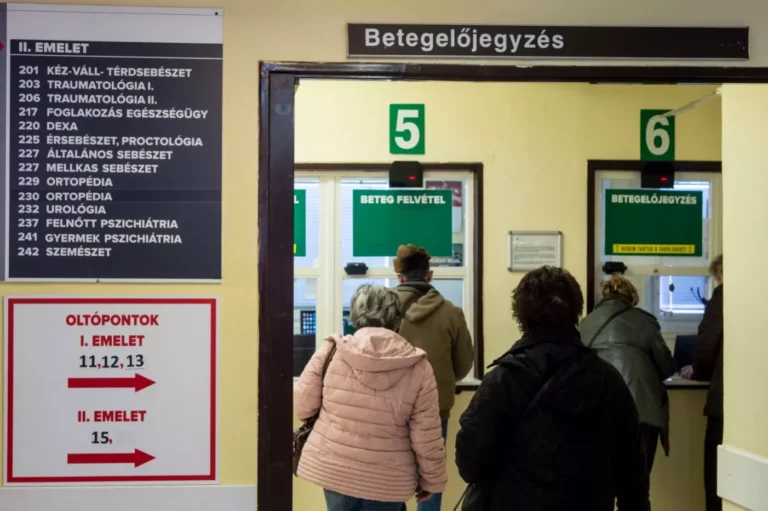Coronavirus in Hungary
Hungarian hospital reintroduces mandatory masks and partial visitor ban from today!

Black Angel of Pécs: Nurse sentenced to 12.5 years for fatal injection of coronavirus patient

Hungarian research could yield breakthrough in Covid-19 treatment

Gyurcsány’s party reported Orbán cabinet to the police due to Chinese ventilators

Is COVID back? Vaccination centres reopen in Hungary

Leaked: Pfizer-BioNtech sued Hungary

Radical Hungarian party: Government should reject global pandemic pact

Summer tourism season breaks pre-pandemic record in Hungary

Hungary preparing for another health crisis?

Last COVID restriction to be ends in Hungary from 1 May

Forint could face a big recovery, breaks records

MEP: Hungarian government was not prepared for the Covid-19 pandemic

COVID: here are the latest data from Hungary

More than half thousand Hungarians in hospital due to COVID

Here are the latest COVID numbers from Hungary

New COVID variants detected in Hungary!

An air purification device to prevent the spread of the coronavirus has been developed in Hungary

Coronavirus in Hungary: 2,921 new infections, 51 deaths last week





 ZH
ZH IT
IT DE
DE HR
HR NL
NL FR
FR JA
JA RO
RO RU
RU ES
ES TR
TR
